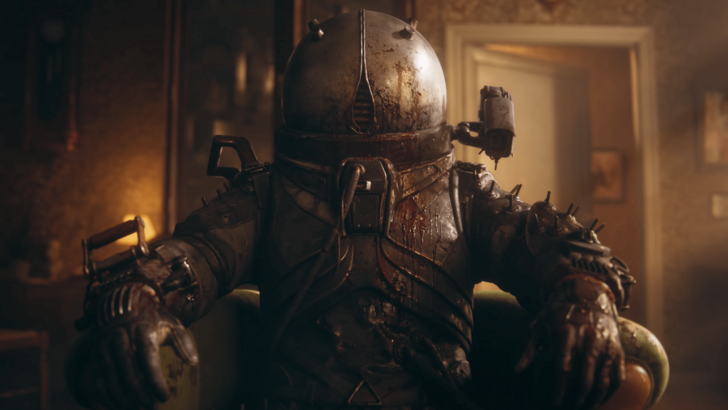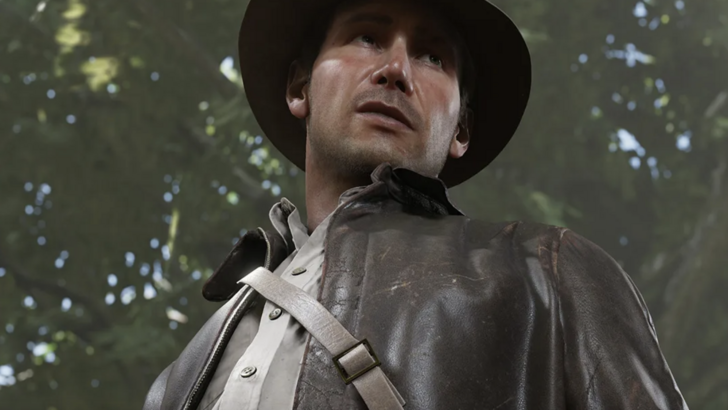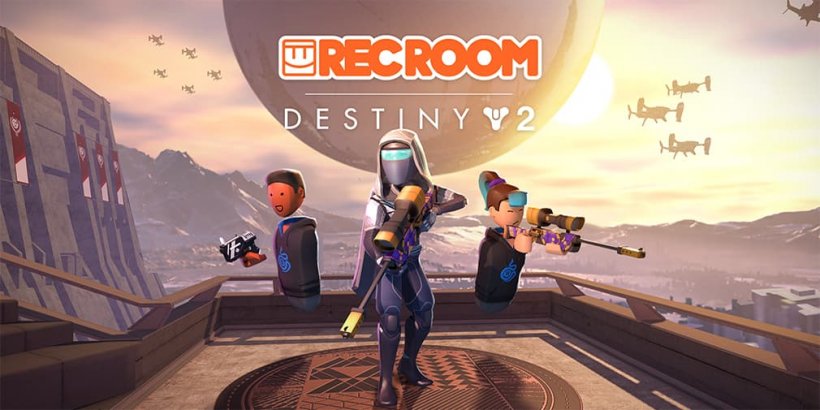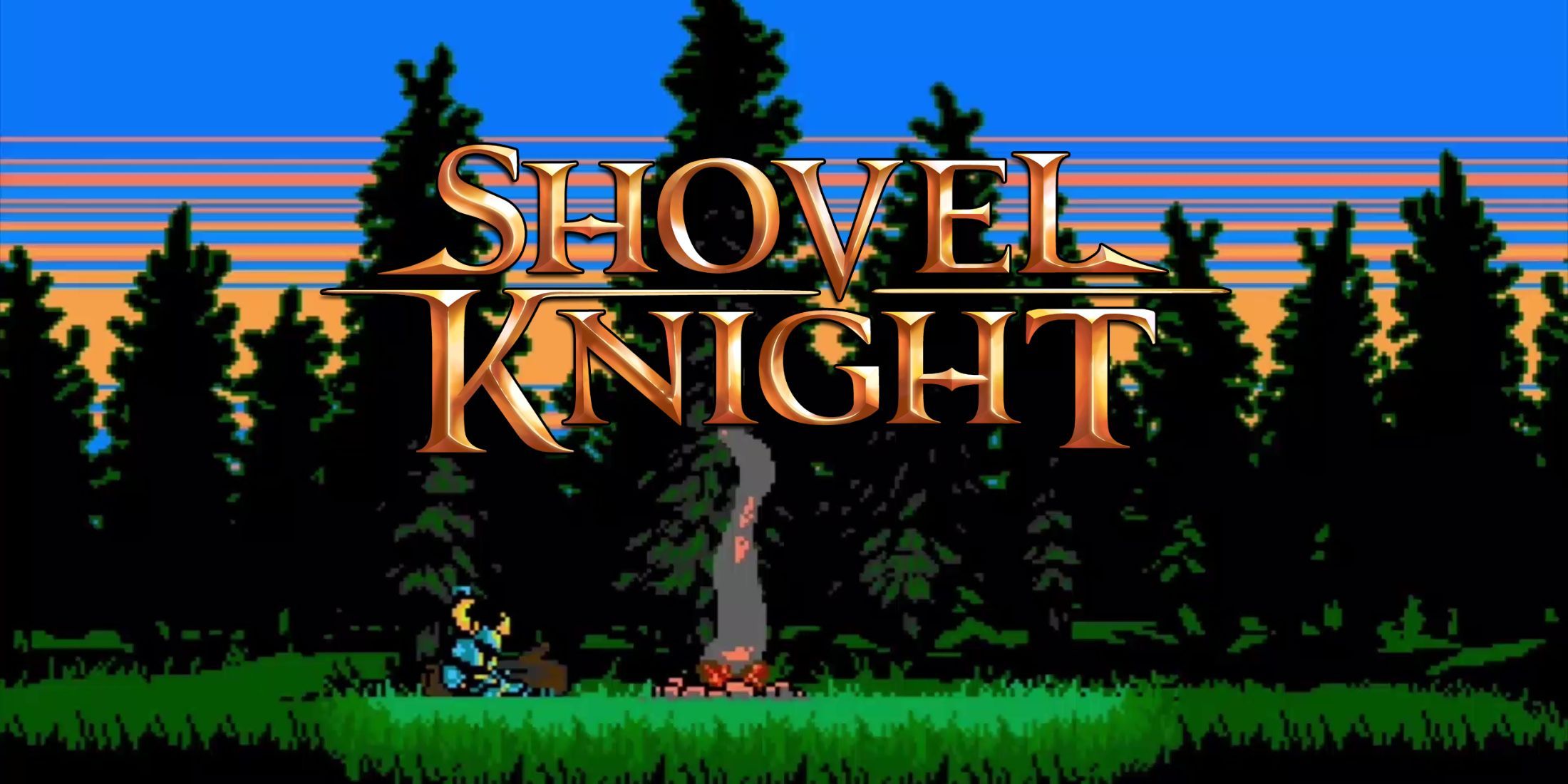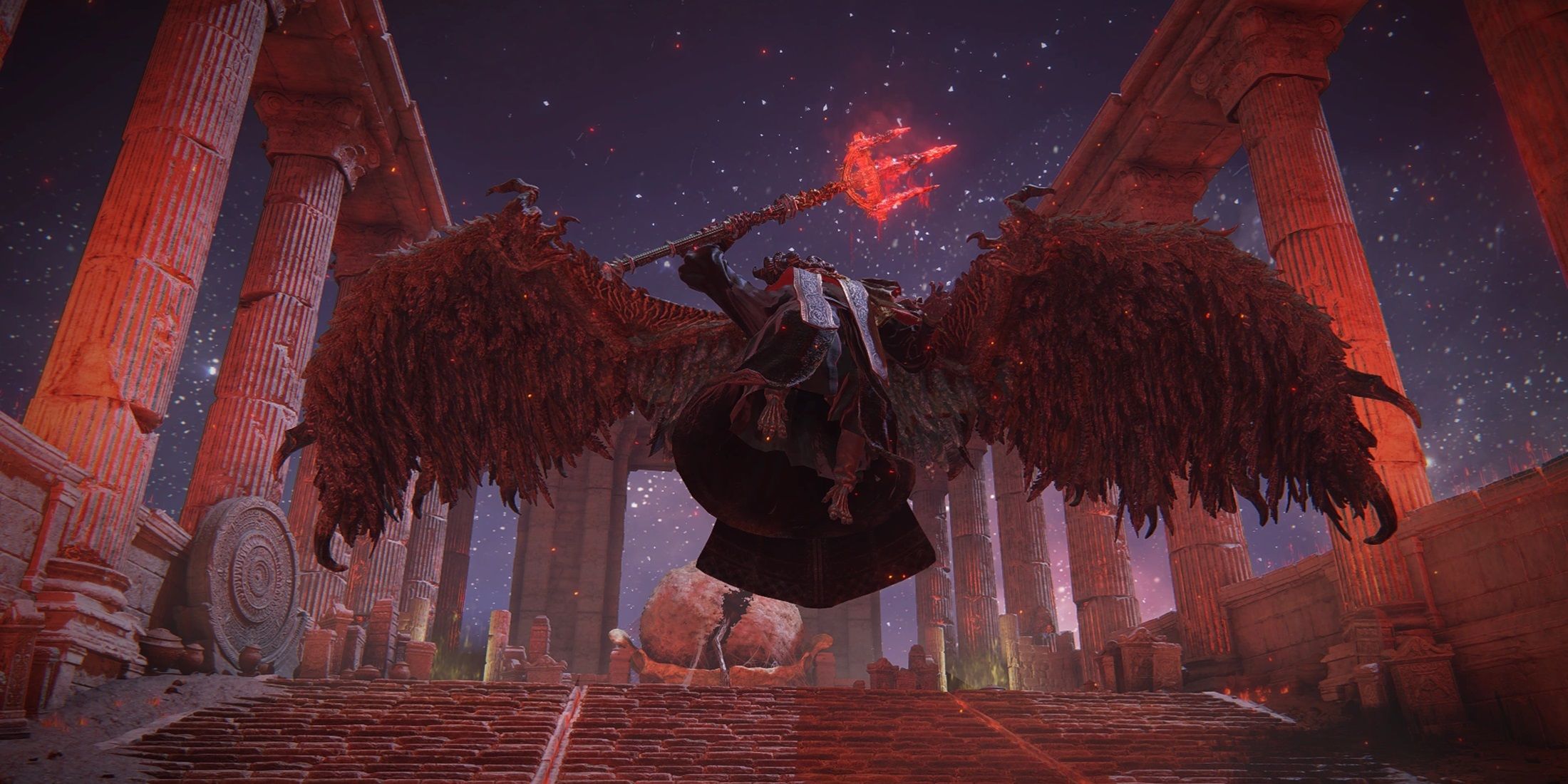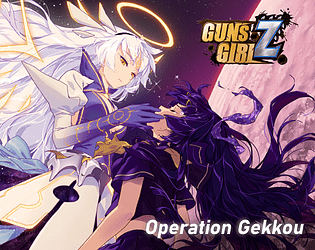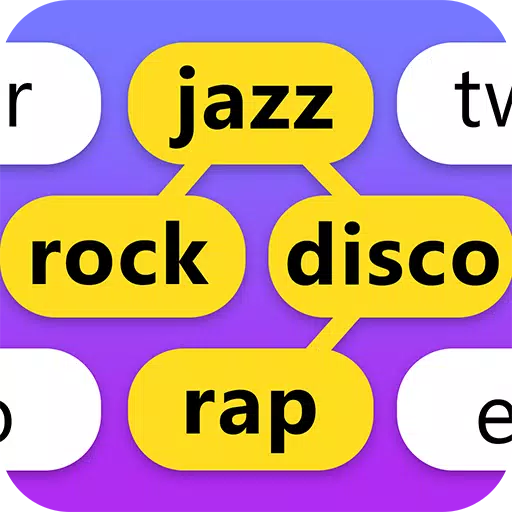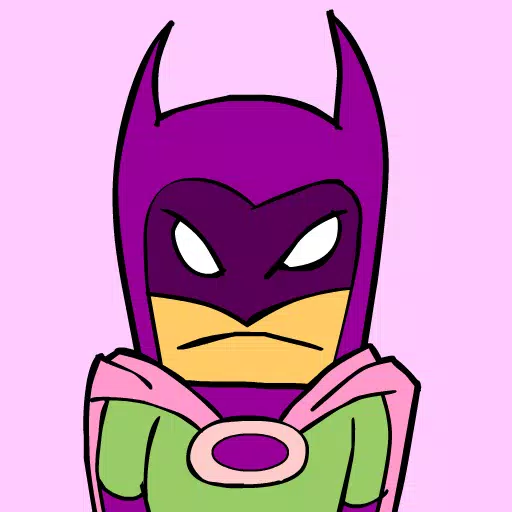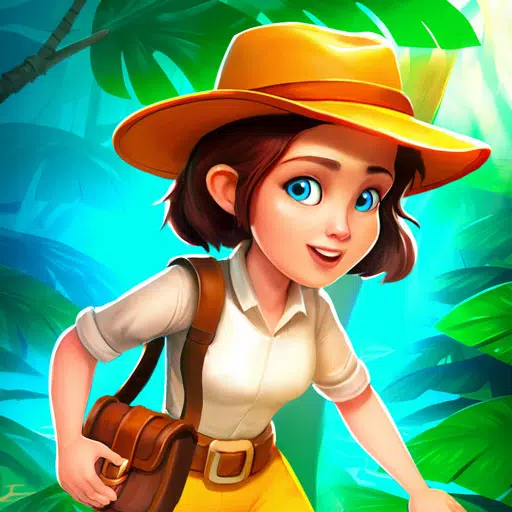Monster Hunter Wilds: A Deep Dive into Starting Equipment Design
Many Monster Hunter players cite crafting new equipment from hard-earned hunt materials as a major draw. The satisfaction of a complete armor set and matching weapon, painstakingly acquired, is a familiar feeling. This equipment crafting system, a core element since the series' inception, is based on a simple yet powerful concept: harness the power of slain monsters through their remains. Players overcome powerful beasts, then integrate their abilities to enhance their own prowess.
In an IGN interview, Kaname Fujioka, Executive Director and Art Director of Monster Hunter Wilds, shed light on the equipment design philosophy. While acknowledging the expanded design range, Fujioka emphasized a past focus on visual consistency: "If you're wearing Rathalos' equipment, you'll look like Rathalos." Wilds introduces new monsters, each contributing unique and visually striking equipment. Rompopolo, a mad scientist-inspired creature, boasts head armor resembling a plague doctor's mask, showcased in the hunt video below.
However, the developers highlight the significance of the starting equipment. Fujioka reveals, "I designed the starting weapons for all 14 weapon types from scratch. That's a first for me. Previously, new hunters started with rudimentary weapons. But our protagonist is a chosen hunter; plain weapons wouldn't fit. I aimed for a 'star' feel, even with starting equipment."
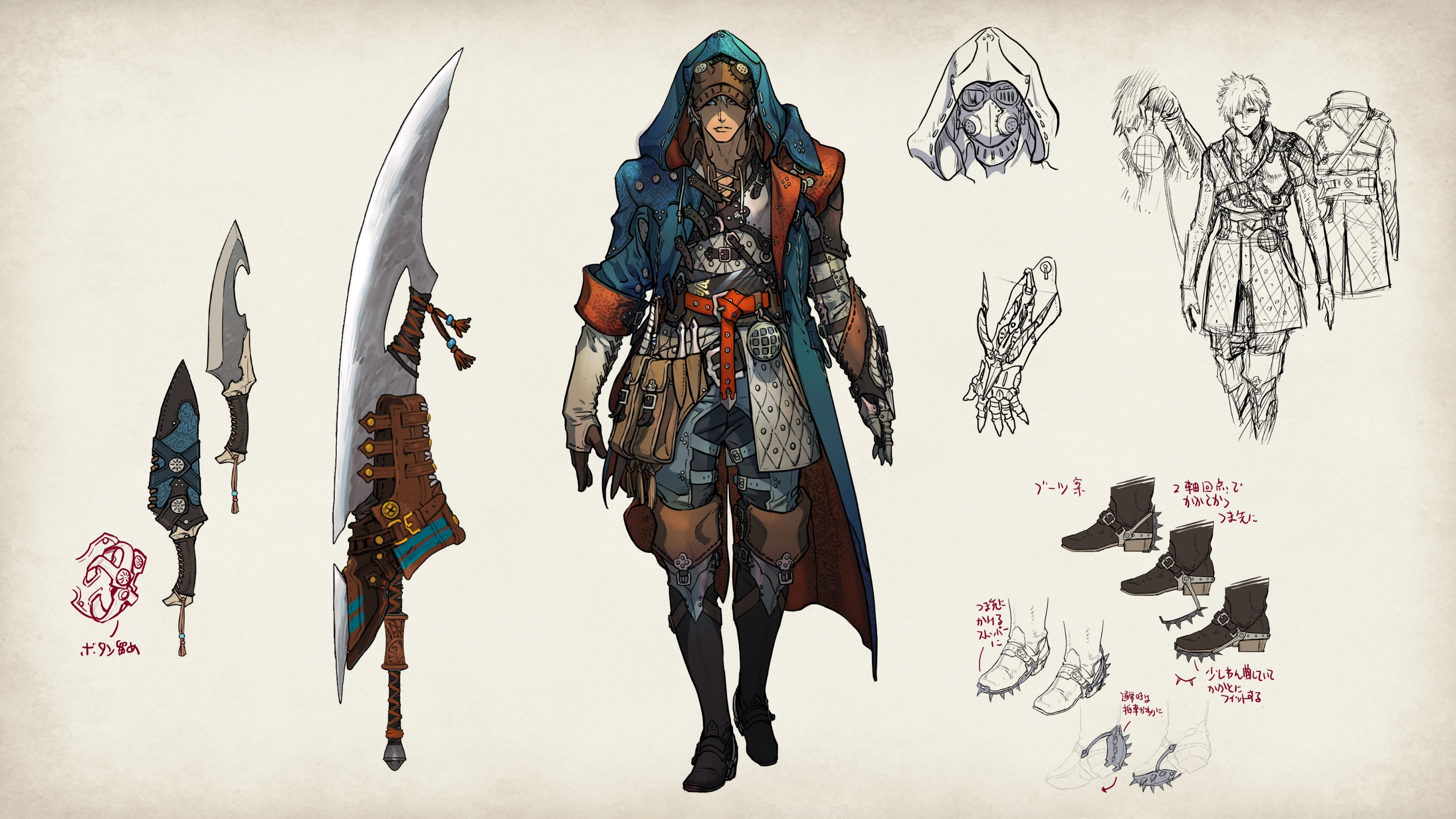
Yuya Tokuda, Monster Hunter Wilds Director, adds, "In World, weapon designs, while retaining a base form, varied based on monster materials. In Wilds, each weapon has a unique design." This design choice reflects the narrative: the player is an experienced hunter tasked with investigating the Forbidden Lands. The starting armor, the "Hope" series, also received meticulous attention to detail.
Tokuda states, "The Hope armor's design is incredibly cool; you could use it until the end and it wouldn't feel out of place."
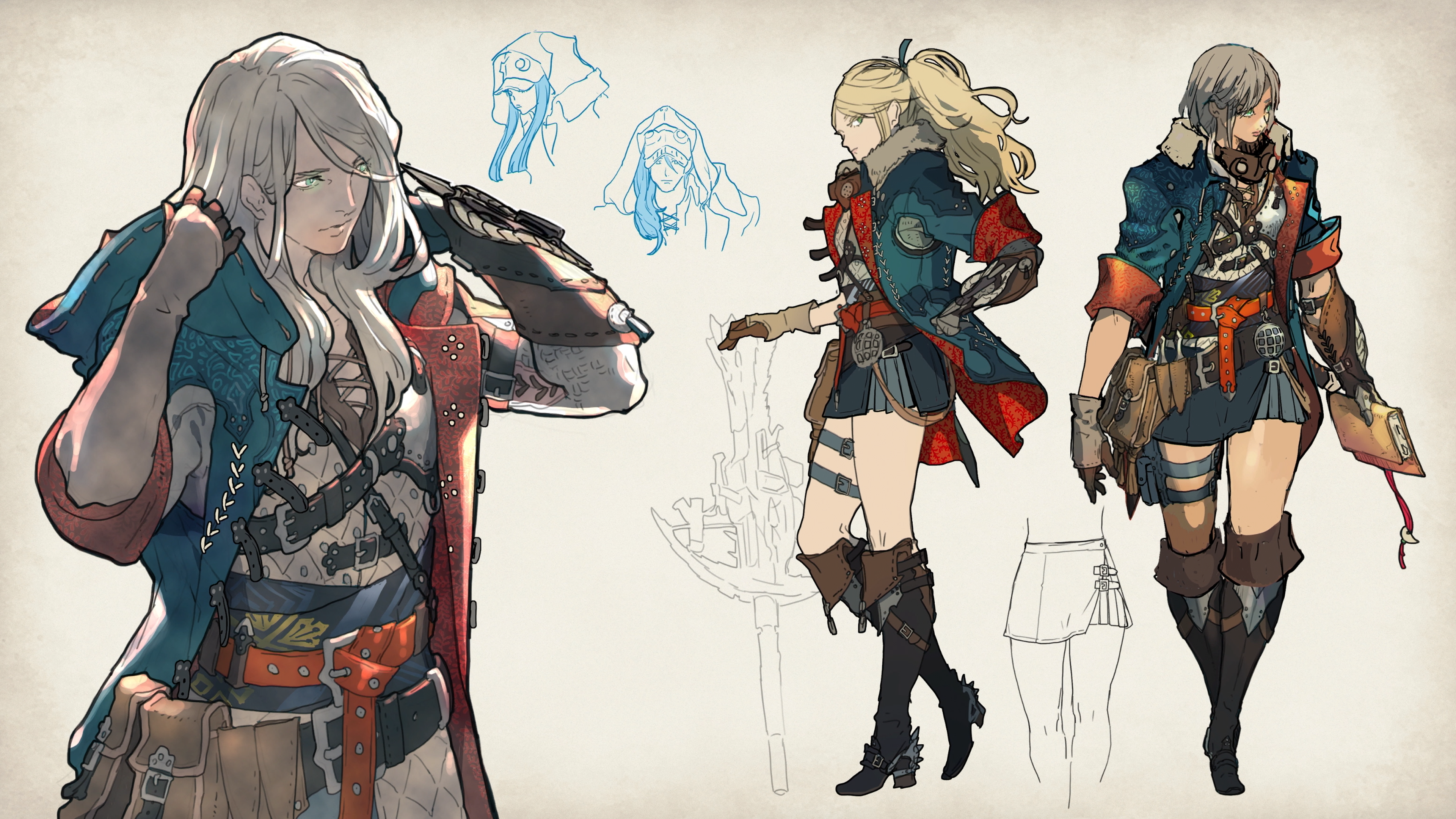
The Hope set, a deep emerald green, transforms into a hooded long coat when fully equipped. Fujioka explains the design challenge: "We gave more attention to the Hope series than any other equipment. Previous games had separate upper and lower armor; we couldn't depict them forming a coat. We had to make each piece separate. But I wanted a flowing hooded coat. We achieved this by investing significant resources. Players will find many equipment pieces, and we want them to experiment with weapons. That's why the Hope series is subtly stylish, not overly flashy."
Starting with such thoughtfully crafted equipment is a significant advantage. The 14 starting weapons and the Hope series are designed to portray a seasoned, elite hunter. The game's attention to detail is evident, and we eagerly anticipate exploring these designs in the final game.

 Latest Downloads
Latest Downloads
 Downlaod
Downlaod
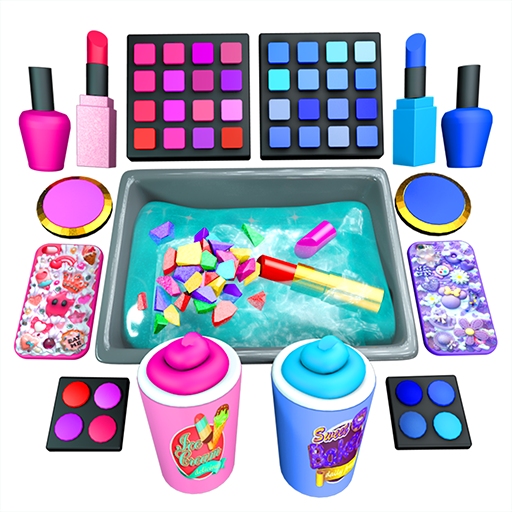
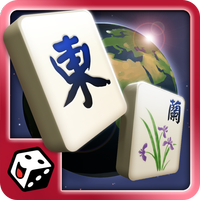


 Top News
Top News